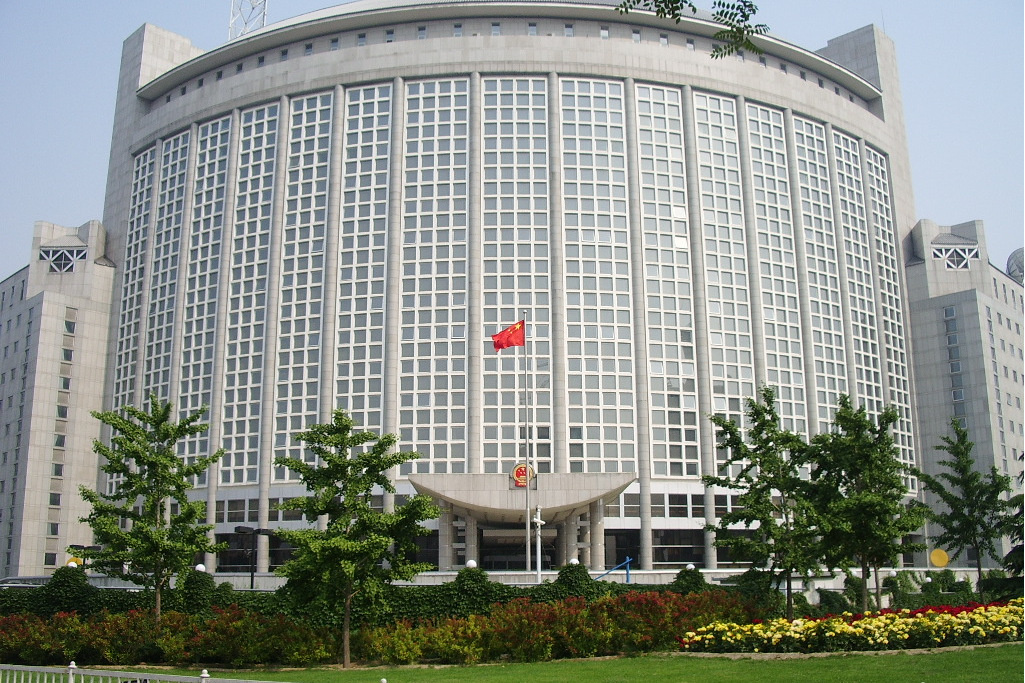
On 24 Feb. 2023, the plaintiff Li used the open-source software Stable Diffusion to create images through prompt-based input and subsequently shared the image on social media.
On 2 Mar. 2023, the defendant Liu used the plaintiff’s AI-generated image as an illustration for her poetry and posted it on her social media account.
The plaintiff, Li, filed a lawsuit with the Beijing Internet Court, alleging that the defendant, Liu, removed the watermark and used the image without permission, thereby infringing his right of attribution and the right to disseminate the image on the Internet. Thus, Li sought compensation for economic losses and a formal apology.
The case involves three main issues: first, whether the AIGC-generated image constitutes a work and, if so, what type of work it is; second, whether the plaintiff owns the copyright to the image; and third, whether the defendant’s use of the image constitutes infringement, and whether the defendant should be held legally responsible.
In this case, the plaintiff obtained the initial image by inputting prompts and adjusting relevant parameters, then continued to adapt and refine the image by adding prompts and modifying parameters, and finally obtained the image in question.
On 27 Nov. 2023, the Beijing Internet Court rendered a first-instance judgment, holding that the AI-generated image, in this case, possessed originality and should be protected as works under the Copyright Law.
The court held that the process of generating the image reflected the plaintiff’s aesthetic choices and personal judgment. From conception to final selection, the plaintiff invested intellectual effort in the creation of the image. Therefore, the image was deemed original and represented the author's intellectual achievements.
Photo by Sifan Liu on Unsplash
Contributors: CJO Staff Contributors Team









